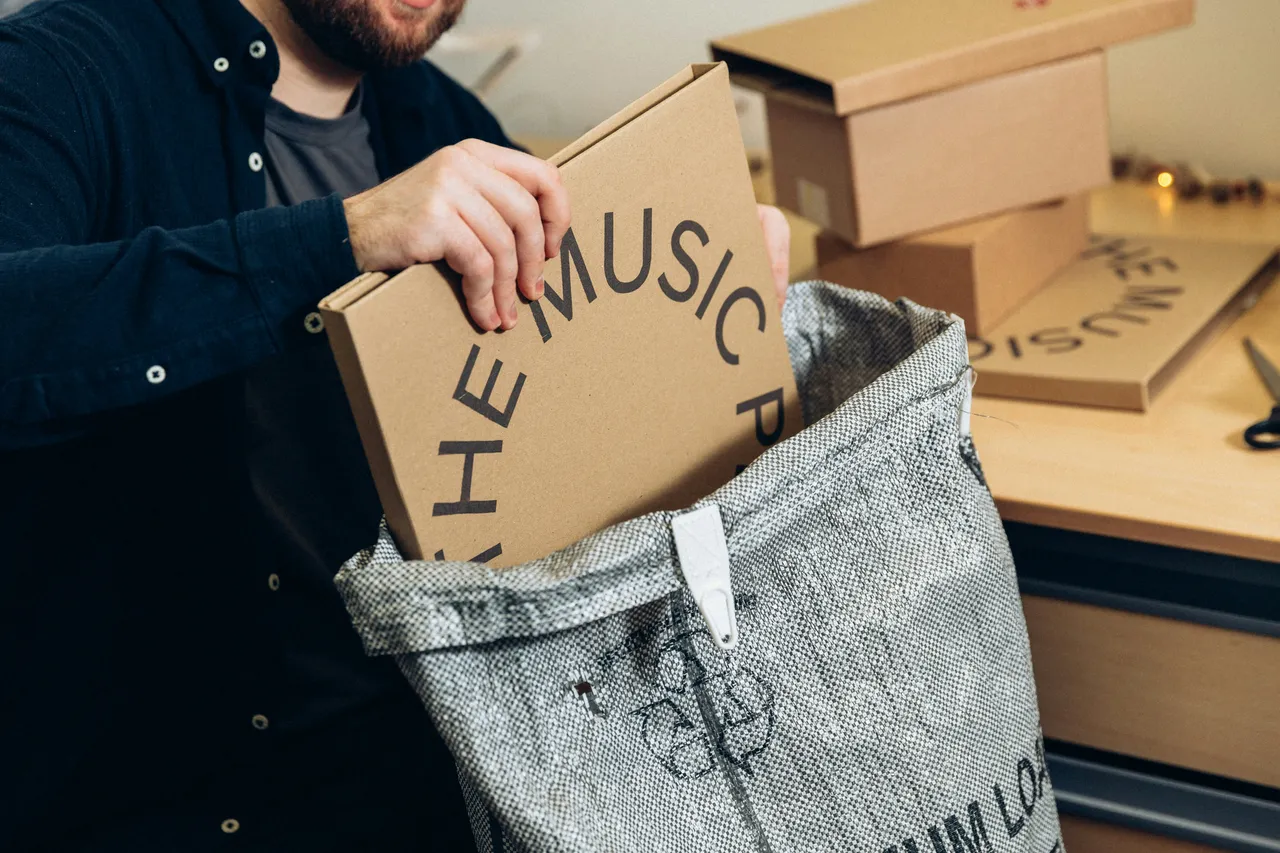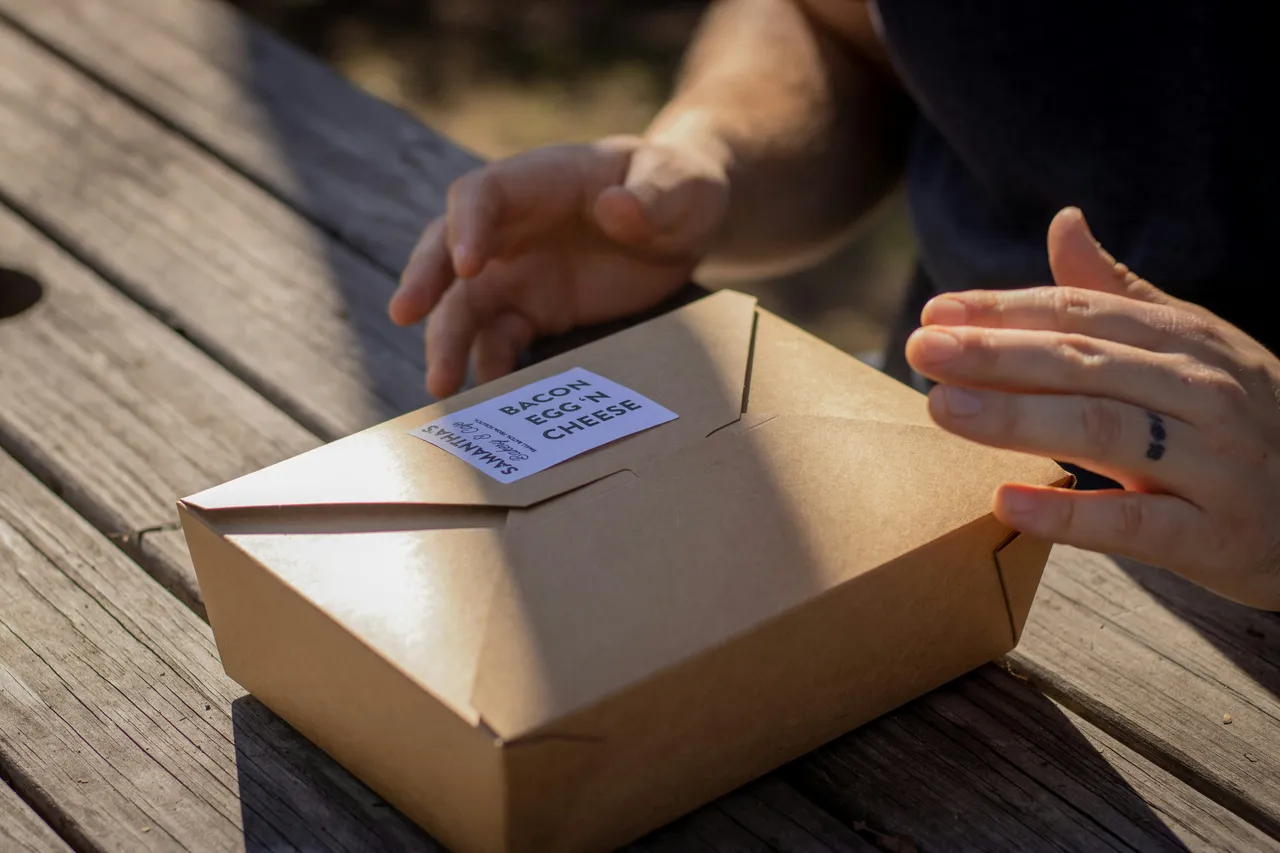
Labeling Like a Pro: Techniques and Tools for Efficient Parcel Management
In the world of parcel management, efficient labeling is not just a necessity; it's an art. Mastering this art ensures that your packages reach their destination safely and promptly. This guide will explore the essential techniques and tools to elevate your labeling process.
Understanding the Basics
Before diving into advanced techniques, it's essential to grasp the basics of parcel labeling. Every package must have a clear, legible label with the recipient's address, a return address, and any necessary postage. The label should be placed on the largest surface of the package, ideally on the top to ensure visibility. Using a durable, smudge-proof pen or a printed label can avoid any readability issues that might arise during handling or transport.
Choosing the right label size is also crucial. It should be large enough to accommodate all necessary information without overcrowding. For most parcels, a standard shipping label size (4 inches by 6 inches) works well. However, for smaller packages or envelopes, a smaller label may be more appropriate.
The Right Tools for the Job
Investing in quality labeling tools can significantly streamline your parcel management process. A good starting point is a reliable label printer that can handle various label sizes and materials. Thermal label printers are a popular choice for their speed, efficiency, and durability of the printed labels. They don't require ink or toner, which can reduce long-term costs.
Label-making software is another essential tool. Many software options allow you to design, customize, and print your labels with ease. Look for software that offers a range of templates and the ability to import addresses directly from your contacts or a database. This can save a considerable amount of time and reduce the risk of errors.
Advanced Labeling Techniques
Once you have the basics down and the right tools in hand, you can explore more advanced labeling techniques. One effective method is to use color-coded labels for different types of shipments. This can help you quickly identify priority shipments, fragile items, or international packages, making it easier to organize and process your parcels.
Another advanced technique is to incorporate QR codes or barcodes into your labels. These can be scanned to reveal detailed information about the package's contents, handling instructions, or tracking information. This not only enhances the security of your parcels but also streamlines the shipping and receiving process.
Staying Updated
The world of parcel management is always evolving, with new regulations, technologies, and best practices emerging regularly. Staying informed about the latest developments in labeling and shipping can help you maintain an efficient and effective parcel management system. Subscribe to industry newsletters, join professional groups, and attend webinars or conferences dedicated to shipping and logistics.
By understanding the basics, investing in the right tools, applying advanced techniques, and keeping informed about industry trends, you can master the art of parcel labeling. This not only improves the efficiency of your parcel management but also enhances the overall mailing experience for you and your recipients.
This article was developed using available sources and analyses through an automated process. We strive to provide accurate information, but it might contain mistakes. If you have any feedback, we'll gladly take it into account! Learn more

